Tarek Hamel
Observer Design for Optical Flow-Based Visual-Inertial Odometry with Almost-Global Convergence
Aug 28, 2025Abstract:This paper presents a novel cascaded observer architecture that combines optical flow and IMU measurements to perform continuous monocular visual-inertial odometry (VIO). The proposed solution estimates body-frame velocity and gravity direction simultaneously by fusing velocity direction information from optical flow measurements with gyro and accelerometer data. This fusion is achieved using a globally exponentially stable Riccati observer, which operates under persistently exciting translational motion conditions. The estimated gravity direction in the body frame is then employed, along with an optional magnetometer measurement, to design a complementary observer on $\mathbf{SO}(3)$ for attitude estimation. The resulting interconnected observer architecture is shown to be almost globally asymptotically stable. To extract the velocity direction from sparse optical flow data, a gradient descent algorithm is developed to solve a constrained minimization problem on the unit sphere. The effectiveness of the proposed algorithms is validated through simulation results.
Exploiting Different Symmetries for Trajectory Tracking Control with Application to Quadrotors
Jul 16, 2022


Abstract:High performance trajectory tracking control of quadrotor vehicles is an important challenge in aerial robotics. Symmetry is a fundamental property of physical systems and offers the potential to provide a tool to design high-performance control algorithms. We propose a design methodology that takes any given symmetry, linearises the associated error in a single set of coordinates, and uses LQR design to obtain a high performance control; an approach we term Equivariant Regulator design. We show that quadrotor vehicles admit several different symmetries: the direct product symmetry, the extended pose symmetry and the pose and velocity symmetry, and show that each symmetry can be used to define a global error. We compare the linearised systems via simulation and find that the extended pose and pose and velocity symmetries outperform the direct product symmetry in the presence of large disturbances. This suggests that choices of equivariant and group affine symmetries have improved linearisation error.
An Observer Design for Visual Simultaneous Localisation and Mapping with Output Equivariance
May 29, 2020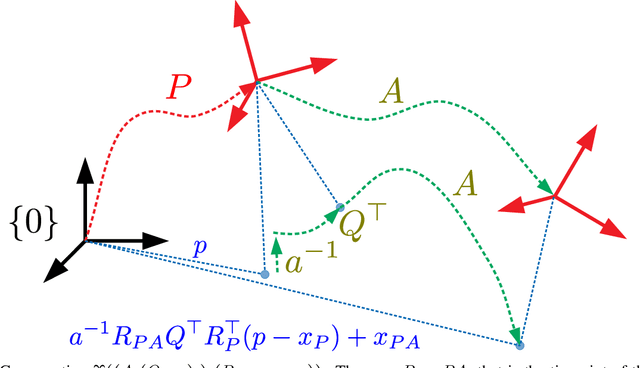

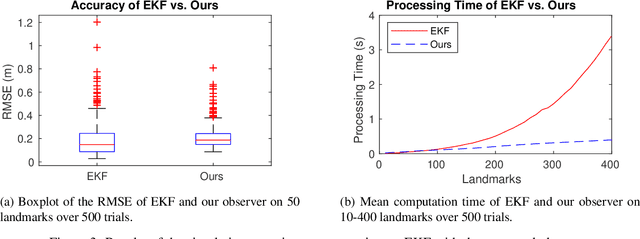
Abstract:Visual Simultaneous Localisation and Mapping (VSLAM) is a key enabling technology for small embedded robotic systems such as aerial vehicles. Recent advances in equivariant filter and observer design offer the potential of a new generation of highly robust algorithms with low memory and computation requirements for embedded system applications. This paper studies observer design on the symmetry group proposed in previous work by the authors, in the case where inverse depth measurements are available. Exploiting this symmetry leads to a simple fully non-linear gradient based observer with almost global asymptotic and local exponential stability properties. Simulation experiments verify the observer design, and demonstrate that the proposed observer achieves similar accuracy to the widely used Extended Kalman Filter with significant gains in processing time (linear verses quadratic bounds with respect to number of landmarks) and qualitative improvements in robustness.
An Equivariant Observer Design for Visual Localisation and Mapping
Apr 04, 2019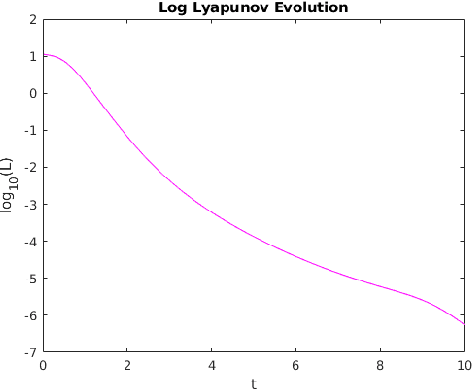

Abstract:This paper builds on recent work on Simultaneous Localisation and Mapping (SLAM) in the non-linear observer community, by framing the visual localisation and mapping problem as a continuous-time equivariant observer design problem on the symmetry group of a kinematic system. The state-space is a quotient of the robot pose expressed on SE(3) and multiple copies of real projective space, used to represent both points in space and bearings in a single unified framework. An observer with decoupled Riccati-gains for each landmark is derived and we show that its error system is almost globally asymptotically stable and exponentially stable in-the-large.
Feature-based Recursive Observer Design for Homography Estimation
Jun 09, 2016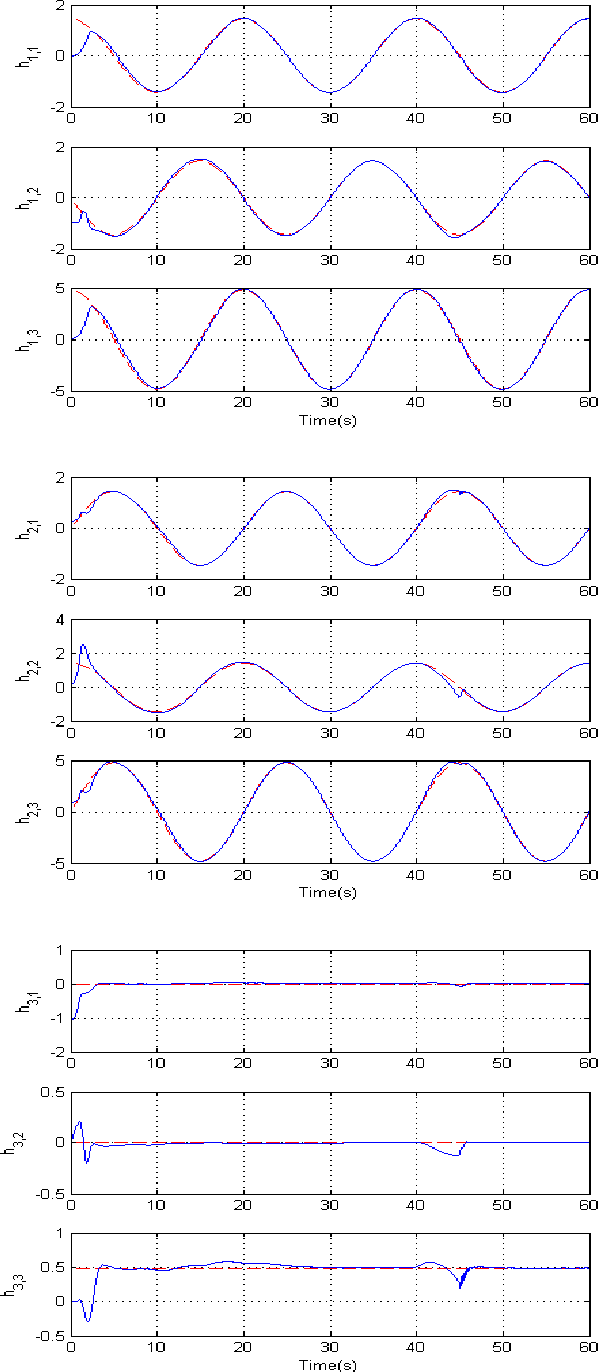
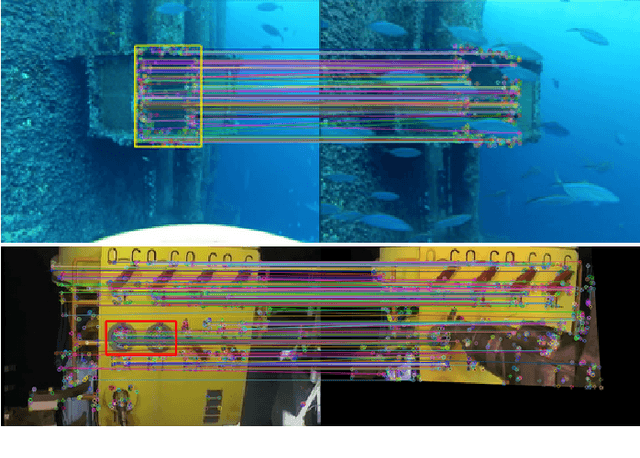


Abstract:This paper presents a new algorithm for online estimation of a sequence of homographies applicable to image sequences obtained from robotic vehicles equipped with vision sensors. The approach taken exploits the underlying Special Linear group structure of the set of homographies along with gyroscope measurements and direct point-feature correspondences between images to develop temporal filter for the homography estimate. Theoretical analysis and experimental results are provided to demonstrate the robustness of the proposed algorithm. The experimental results show excellent performance even in the case of very fast camera motion (relative to frame rate), severe occlusion, and in the presence of specular reflections.
 Add to Chrome
Add to Chrome Add to Firefox
Add to Firefox Add to Edge
Add to Edge